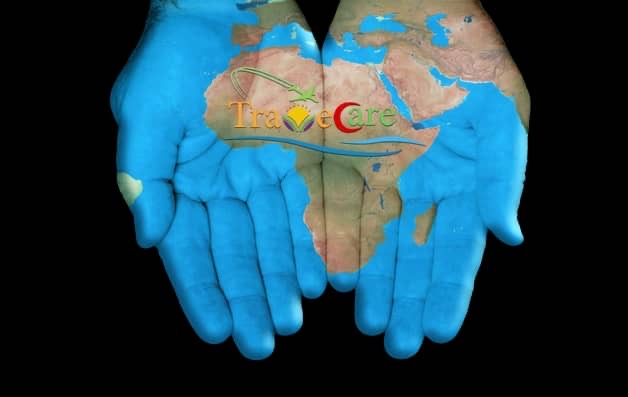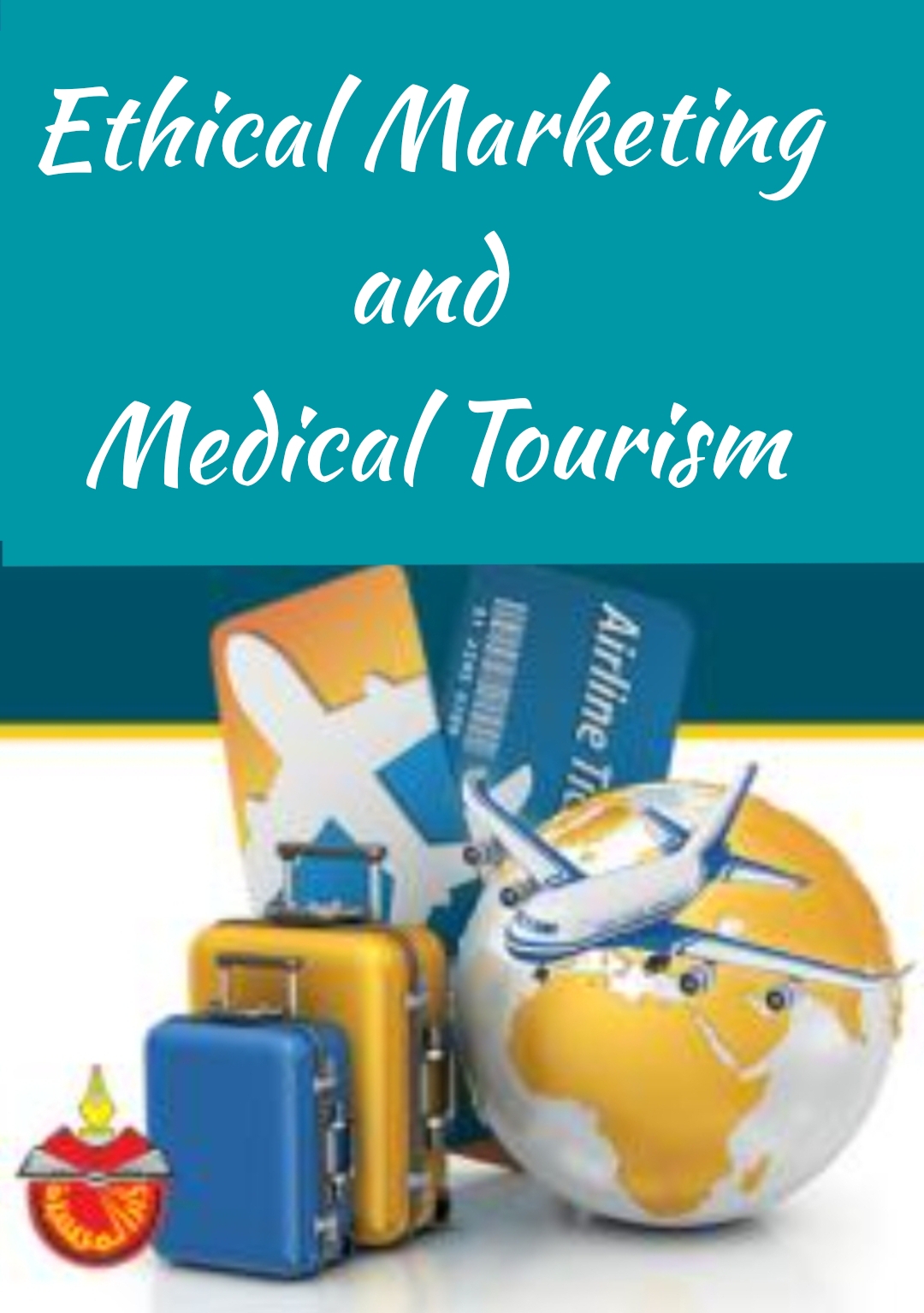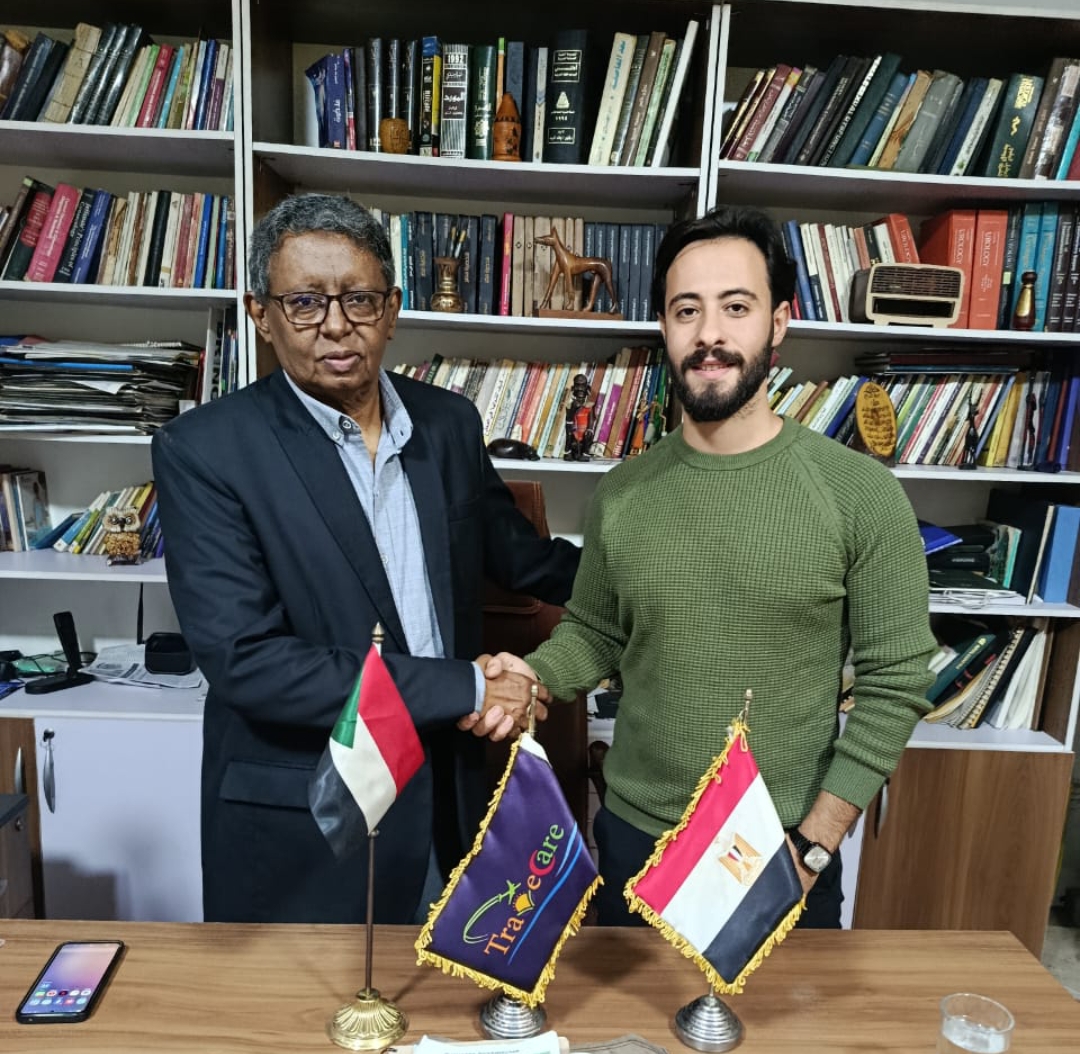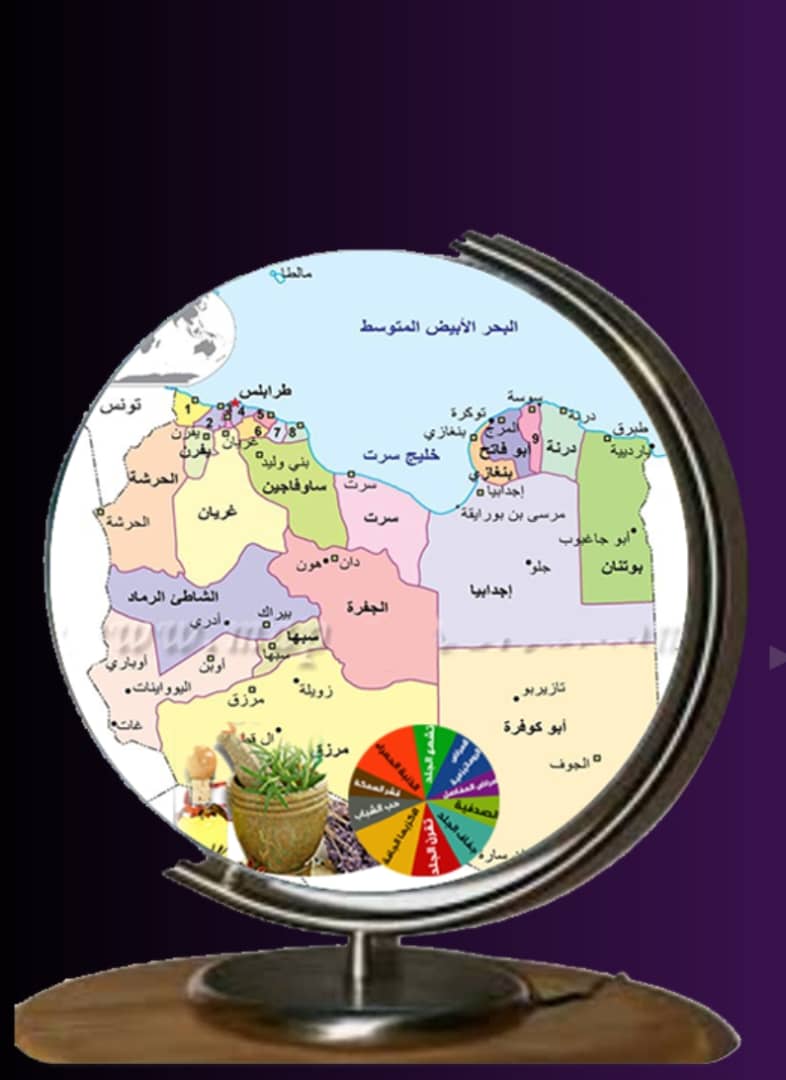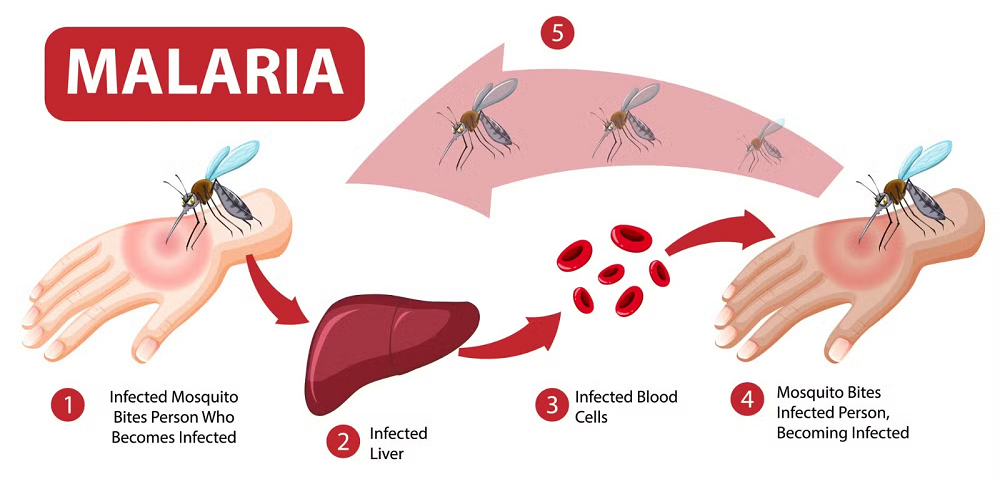Health Tourism in the Arab World: Untapped Potential

The health tourism industry is considered one of the most important modern industries. Some countries have advanced in this field despite having limited environmental resources, such as most European countries. Egypt, for example, possesses remarkable human resources in the healthcare sector, along with strong infrastructure and environmental assets, placing it among the leading nations in this industry. However, bureaucracy, overlapping responsibilities, and lack of clear coordination between the public and private sectors have acted as formidable barriers to Egypt’s progress, preventing it from fully leveraging its abundant resources. As a result, despite its advantages, the country remains underrecognized in this field.
Health tourism in the Arab world represents a promising sector and a significant source of revenue, yet its potential remains largely untapped. The region offers a unique natural and environmental diversity, from mineral springs and sulfuric waters to therapeutic sands and mineral-rich mud, making it an ideal destination for wellness and therapeutic tourism. Additionally, the expertise of doctors across most Arab countries, coupled with advanced hospital and medical infrastructure, makes the region more competitive than many other countries in medical and therapeutic tourism.
Key Components of Health Tourism in the Arab World:
Arab countries benefit from a range of natural assets that support health tourism:
- Mineral waters and sulfur springs: Found in areas such as Egypt’s New Valley, Safaga, and Siwa Oasis, these waters are used to treat skin and rheumatic diseases.
- Therapeutic sands and mineral-rich mud: Used in treating bone and joint disorders, available in areas like the Dead Sea in Jordan, where the mud is considered a major therapeutic factor.
- Dry and moderate climate: Helps in treating respiratory diseases, such as asthma, and is found in elevated areas with mild weather.
- Specialized medical centers: Present in countries like the UAE, Saudi Arabia, Qatar, Jordan, Egypt, Lebanon, and Tunisia, offering advanced medical services at international standards.
Challenges Facing the Sector:
Despite these advantages, health tourism in the Arab world faces several challenges:
- Overlapping responsibilities between ministries and administrative bureaucracy.
- Weak infrastructure in some areas, requiring the development of health facilities and specialized hotels.
- Lack of international promotion and marketing campaigns.
- Poor coordination between concerned authorities, with no effective collaboration between governments and the private sector.
- Low public awareness regarding the benefits of health tourism for both citizens and potential tourists.
Future Opportunities:
Global statistics indicate that the medical tourism market is growing rapidly, expected to reach $651 billion annually by 2024, with a 16.6% annual growth rate. This growth demonstrates substantial opportunities for Arab countries to capitalize on this expanding sector.
Recommendations:
- Infrastructure development: Invest in building modern hospitals and wellness centers.
- Marketing and promotion: Organize promotional campaigns at regional and international levels.
- Coordination between authorities: Establish joint bodies between governments and the private sector to develop health tourism.
- Raising public awareness: Conduct workshops and campaigns to educate the public about the benefits of health tourism.
By implementing these recommendations, the Arab world can become a leading destination for health tourism, contributing to economic growth and improving the well-being of its citizens.


